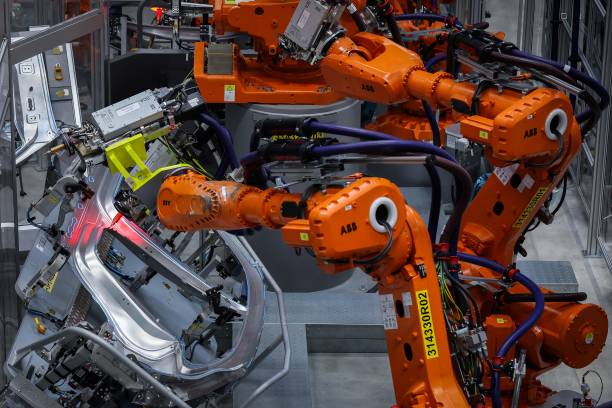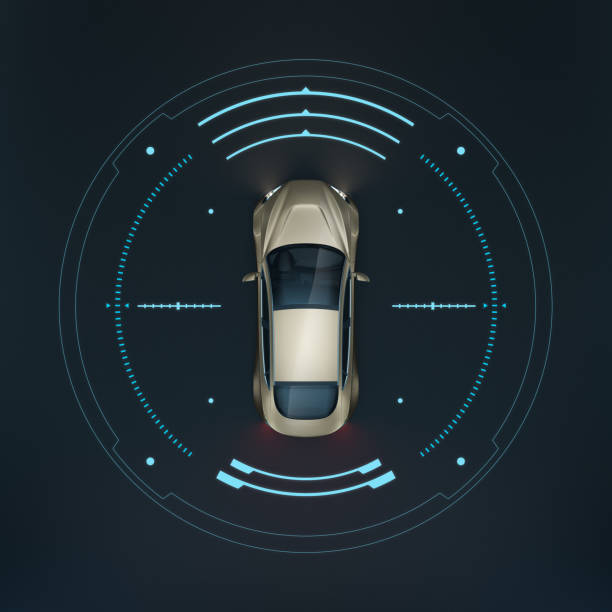What is AMT in car or what is AMT Meaning in car? When it comes to choosing the right transmission for the vehicle you may be faced with a decision between manual transmission (MT) and automatic transmission (ATM). In this regard, both types of transmissions have their pros and cons. Hence, it’s important to note the differences in these types of transmissions before making your final decision.
What is AMT in car? Automatic cars were introduced a long time ago and they were the only option available in most cars. In today’s blog, we will discuss what is AMT in car in depth. Fasten your seatbelts, get a brewing hot mug of coffee and let’s get started!
What is AMT in car?
AMT refers to Automatic Manual Transmission. AMT Meaning in car is that while driving a car having MT one has to shift gears manually using a clutch and downshift pedal. Driving a manual car can seem daunting initially too many drivers although it is an invaluable skill set. One advantage of using a manual transmission is enhanced control over the speed and acceleration of the vehicle.
Thus, this system allows them to change gears at precise moments thus giving more comfortable rides as well as saving on fuel consumption. However, due to simplicity, automatic transmissions have greatly increased their popularity over time. These are much easier to use than manual ones because there is no necessity for a clutch pedal or shifting gears.

Instead, the transmission automatically shifts gears, making driving easier and less stressful.
Related: How Does a Hybrid Car Work?
What is AMT in car: Advantages
- Comfort: Driving comfort is certainly the most important advantage of knowing the AMT Meaning in car. It works just like any other automatic transmission, allowing you to relax your left foot and hand, unless you switch to manual mode. This feature is especially important in rush-hour traffic jams.
The additional integrated “crawl” function further eases the situation, since you can move slowly without accelerating, simply by releasing the brake pedal.
- Economy: Unlike other automatic transmissions, fuel economy is also a key point with the AMT. Most of the AMTs in our country are used in hatchbacks, whose shift patterns are programmed to prioritize maximum fuel consumption. Because it’s computer-controlled, it’s again very precise.
- Drive it the way you want: Most AMT-equipped cars also have the benefit of a manual mode, so if you forget the old-fashioned way of driving, with your hand on the lever, you can always do so. In this case, it’s even easier, since there’s no clutch and a simple bidirectional shift path.
- Cost: All traditional automatic cars cost more than their manual counterparts due to the complex technology. The cost of an AMT transmission is almost half that of a conventional automatic transmission. When compared to a DCT transmission, it is almost a quarter of the price.
What is AMT in car: Disadvantages
- Jerky Gear Changes: This is a major criticism of AMT transmissions. The quality of the gear changes is not always consistent. Sometimes it is good, other times it is just jerky and clumsy. When compared to other expensive automatic transmissions, AMTs feel inferior in terms of shift quality.
- Overtaking: Currently, most of the AMT options available in the country are in the budget segment. Since these cars are designed with fuel economy in mind, they may upshift unexpectedly during overtaking maneuvers. This can be potentially dangerous, and it is recommended that such maneuvers be performed in manual mode.
- Hills and Slopes: Tackling hills can be quite difficult with an AMT. To use an AMT on sloping or hilly terrain, you should always use manual mode and use the handbrake carefully. This aspect largely negates the associated comfort factor.
Also Read: Which is the Highest Ground Clearance Car in India?
What is AMT in Car Exactly?

Two types of transmission, MT and AMT, were used in the car. MT stands for manual transmission, while AMT stands for automatic manual transmission. These two gearboxes have their modes of operation and performance. In a manual transmission, the driver must manually change gears using the clutch pedal and gear lever.
This makes for a more enjoyable driving experience for some drivers but can make traffic harder to manoeuvre. In contrast, a manual transmission uses an electronic controller to change gears automatically without the need for a clutch pedal. This may be more convenient for some drivers, but it may not offer the same control and input as the manual version.
Overall, choosing between MT and AMT ultimately comes down to personal preference. Some drivers prefer the simplicity and convenience of an AMT, while others prefer the added control and manoeuvrability of a manual transmission. Either transmission type can provide a great driving experience, regardless of your preference.
How do manual transmissions (MT) and automated manual transmissions (AMT) work?
Manual transmissions (MT) and automated manual transmissions (AMT) are both common transmission types used in automobiles. Both types of transmissions serve the same purpose of transferring power from the engine to the wheels, but they differ in design and function.
A manual transmission is operated by the driver with a shift lever and clutch pedal, while an automated manual transmission is controlled by an Electronic Control Unit (ECU) that automatically changes gears. Manual transmissions give the driver full control over the vehicle’s speed and acceleration.
They use a series of gears that the driver can engage and disengage using a clutch pedal and shift lever inside the vehicle’s cabin. This type of transmission is ideal for drivers who feel more involved in driving and prefer the feeling of having direct control over the vehicle’s performance.
However, manual transmissions require a certain level of skill to operate effectively and can be taxing on the driver’s leg muscles, especially in heavy traffic. Automated manual transmissions, on the other hand, function similarly to manual transmissions in terms of gear shifting, but do not use a clutch pedal.
Which transmission is better for improved fuel economy: MT or AMT?

Manual transmission (MT) and automated manual transmission (AMT) are options that can improve a vehicle’s fuel economy. However, there are some differences between the two that may fit your situation. Another consideration is the cost of maintenance and fuel consumption.
Manual cars are generally less expensive to maintain than AMT-equipped cars because they have fewer moving parts and less weight. Manual transmission cars are also more fuel efficient because they don’t rely on an automatic system to change gears. But if you’re used to driving a heavy vehicle, the AMT vehicle can be much more economical in the long run thanks to less fuel consumption and less wear and tear on the clutch
What is AMT in Car: Conclusion
Gear changes are controlled by an electronic system and can use a traditional automatic or semi-automatic transmission. An AMT is essentially an automated manual transmission, removing the manual shifting element from the driver and improving fuel economy. This type of transmission is ideal for drivers who want the best of both worlds: the fun of manual shifting with the convenience of an automatic transmission.
Overall, the choice between MT and AMT ultimately comes down to your personal driving preferences and budget. Both plans have advantages and disadvantages, but it is important to consider all factors before making a decision.
Read Also:

